A calorie deficit is a term that is widely used in weight loss and fat-burning plans. Understanding how it works, especially for teenagers, can help them make healthier choices. Whether you're a teen aiming for fat loss or an adult seeking to maintain or shed some pounds, managing your calories is the key to success. This article will cover everything you need to know about calorie deficits, including using calorie deficit calculators for different age groups.
What Is a Calorie Deficit?
A calorie deficit occurs when you consume fewer calories than your body needs to maintain its current weight. Your body then begins to use stored fat as energy, resulting in fat loss. A calorie deficit doesn't necessarily mean starving yourself—it simply refers to eating fewer calories than your body burns.
How Does the Calorie Deficit Affect Weight Loss?
When you create a calorie deficit, your body taps into its fat stores to fuel your daily activities. This gradual process leads to fat loss over time. The key to effective fat loss lies in maintaining a sustainable calorie deficit—one that doesn’t deprive the body of essential nutrients.
Why Is the Calorie Deficit Important for Teens?
Teens go through rapid growth phases, making it essential for them to maintain a balance between calories consumed and burned. Excessive calorie restriction can hinder their growth and lead to nutrient deficiencies. A calorie deficit for teenagers must be approached carefully to ensure health and safety while promoting fat loss.
Impact of Calorie Deficit on Teenagers
A calorie deficit diet for fat loss must focus on providing teens with adequate nutrients while promoting weight loss. It's crucial that a teen's calorie intake is aligned with their age, activity level, and growth requirements. Severe calorie deficits can lead to fatigue, hormonal imbalances, and potentially serious long-term health issues.
How to Calculate Your Calorie Deficit: Teenager Edition
Using a calorie deficit calculator for teenagers is one of the best ways to ensure a balanced approach to weight loss. These tools help teens determine their daily caloric needs, taking into account their activity levels and metabolic rate.
Why Use a Calorie Deficit Calculator for Teens?
A calorie deficit calculator for teens allows teens to estimate how many calories they should consume to achieve a safe, sustainable fat loss. This is a more accurate way of managing calories than simply guessing or following fad diets. These calculators also take into account a teen's unique needs, such as physical activity and growth.
Steps to Use a Calorie Deficit Calculator for Teenagers:
-
Input Your Age, Gender, and Weight: The first step in any calorie deficit calculator for teens is to enter basic personal information like age, weight, and gender. These factors influence your metabolic rate and daily calorie needs.
-
Enter Your Activity Level: Next, you’ll choose your activity level (sedentary, moderate, or active). Teenagers who participate in sports or physical activities may have higher calorie needs than those with more sedentary lifestyles.
-
Set Fat Loss Goals: Some calculators allow you to set a target calorie deficit. A moderate deficit, typically 500 calories per day, is recommended for safe and steady weight loss.
-
Review the Results: The calculator will provide you with the estimated number of calories you should consume daily to maintain a calorie deficit. This result will be crucial in guiding your fat loss journey while ensuring you still get the nutrients you need for growth and health.
The Best Calorie Deficit Calculator for Fat Loss
A calorie deficit diet for fat loss calculator is an essential tool in determining how many calories you should be eating for sustainable fat loss. While numerous calorie deficit calculators are available online, a Google calorie deficit calculator is often the easiest to use.
Google Calorie Deficit Calculator
Google offers an easy-to-use calorie deficit calculator directly in search. Simply type “calorie deficit calculator” into the search bar, and you’ll be directed to a tool that allows you to calculate your calorie needs.
- Pros: Fast, accessible, free to use.
- Cons: Might not offer highly personalized results like some dedicated apps.
If you’re looking for more detailed results tailored to your specific needs, there are apps and websites with advanced features. Still, using the Google calorie deficit calculator can be a great starting point.
Calorie Deficit for Teens: What’s the Safe Approach?
When calculating your calorie deficit for teenagers, it’s essential to focus on a balanced, nutrient-rich diet. Here are some tips for safely maintaining a calorie deficit diet for fat loss:
-
Don’t Go Overboard: Avoid extreme calorie deficits that may cause nutrient deficiencies. A moderate reduction in calories is enough to support healthy fat loss.
-
Prioritize Whole Foods: Focus on nutrient-dense foods like fruits, vegetables, lean proteins, and whole grains. These foods will provide the necessary vitamins and minerals without excess calories.
-
Don’t Skip Meals: Skipping meals can lead to overeating later in the day and slow down your metabolism. Make sure to eat at regular intervals to maintain energy levels.
-
Stay Hydrated: Drinking water helps keep your metabolism functioning and supports fat loss.
-
Get Active: Incorporating physical activity into your daily routine can help burn calories and build muscle, making your calorie deficit more effective.
Key Benefits of a Calorie Deficit for Fat Loss
Creating a calorie deficit for fat loss can yield multiple benefits, including:
- Sustainable Weight Loss: A healthy calorie deficit leads to gradual weight loss, which is more sustainable in the long run.
- Improved Health: Losing excess fat can lower the risk of heart disease, diabetes, and other obesity-related health issues.
- Boosted Confidence: Achieving fat loss goals can improve self-esteem and body image.
However, remember that calorie deficit diet plans should prioritize health and wellness, especially for teenagers who are still developing physically.
Tools to Track and Maintain Your Calorie Deficit
There are numerous tools and apps to help track your calorie deficit and ensure you're on track to meet your goals. Some of the most popular options include:
- MyFitnessPal: A comprehensive calorie tracker that helps teens monitor their food intake and calculate their daily calorie needs.
- Cronometer: This app offers a detailed look at nutrient intake, which can be especially helpful for teens focused on maintaining good nutrition while losing fat.
Frequently Asked Questions (FAQs)
1. What Is the Best Calorie Deficit Calculator for Teens?
The best calorie deficit calculator for teens depends on your preferences and needs. Many teens start with the Google calorie deficit calculator for a quick estimate, while others opt for apps like MyFitnessPal for a more detailed approach.
2. How Many Calories Should a Teenager Consume for Fat Loss?
The number of calories a teenager should consume for fat loss varies based on age, gender, activity level, and individual metabolism. Generally, teens should aim for a moderate calorie deficit, reducing their calorie intake by 300-500 calories per day.
3. Is It Safe for Teenagers to Follow a Calorie Deficit Diet?
It is safe for teenagers to follow a calorie deficit diet as long as the deficit is moderate and they are consuming adequate nutrients. Extreme calorie restrictions can be harmful to growth and overall health.
4. Can I Use a Calorie Deficit Calculator for All Ages?
Yes, many calorie deficit calculators for all ages are available. These calculators consider various factors such as age, gender, weight, and activity level to give a personalized recommendation.
5. What Happens If a Teen Goes Into Too Large a Calorie Deficit?
Going into a large calorie deficit can lead to fatigue, hormonal imbalances, and nutrient deficiencies. For teens, it’s crucial to focus on a calorie deficit for fat loss that is gradual and sustainable.
6. How Can I Achieve Fat Loss Without a Severe Calorie Deficit?
Achieving fat loss without a severe calorie deficit involves eating nutrient-dense foods, staying physically active, and focusing on a moderate calorie reduction that supports overall health.
Conclusion
Whether you are a teenager or an adult, understanding and managing your calorie deficit is essential for achieving fat loss in a safe and sustainable manner. For teens, it’s especially important to approach fat loss cautiously and prioritize health. Using a calorie deficit calculator can provide valuable insight into how many calories you should consume to meet your weight loss goals while ensuring you get all the nutrients your body needs.
Remember to balance your calorie intake with physical activity, and always consult a healthcare professional before starting a new diet or exercise plan. With the right approach, a calorie deficit can be an effective tool in achieving your fitness goals while staying healthy.


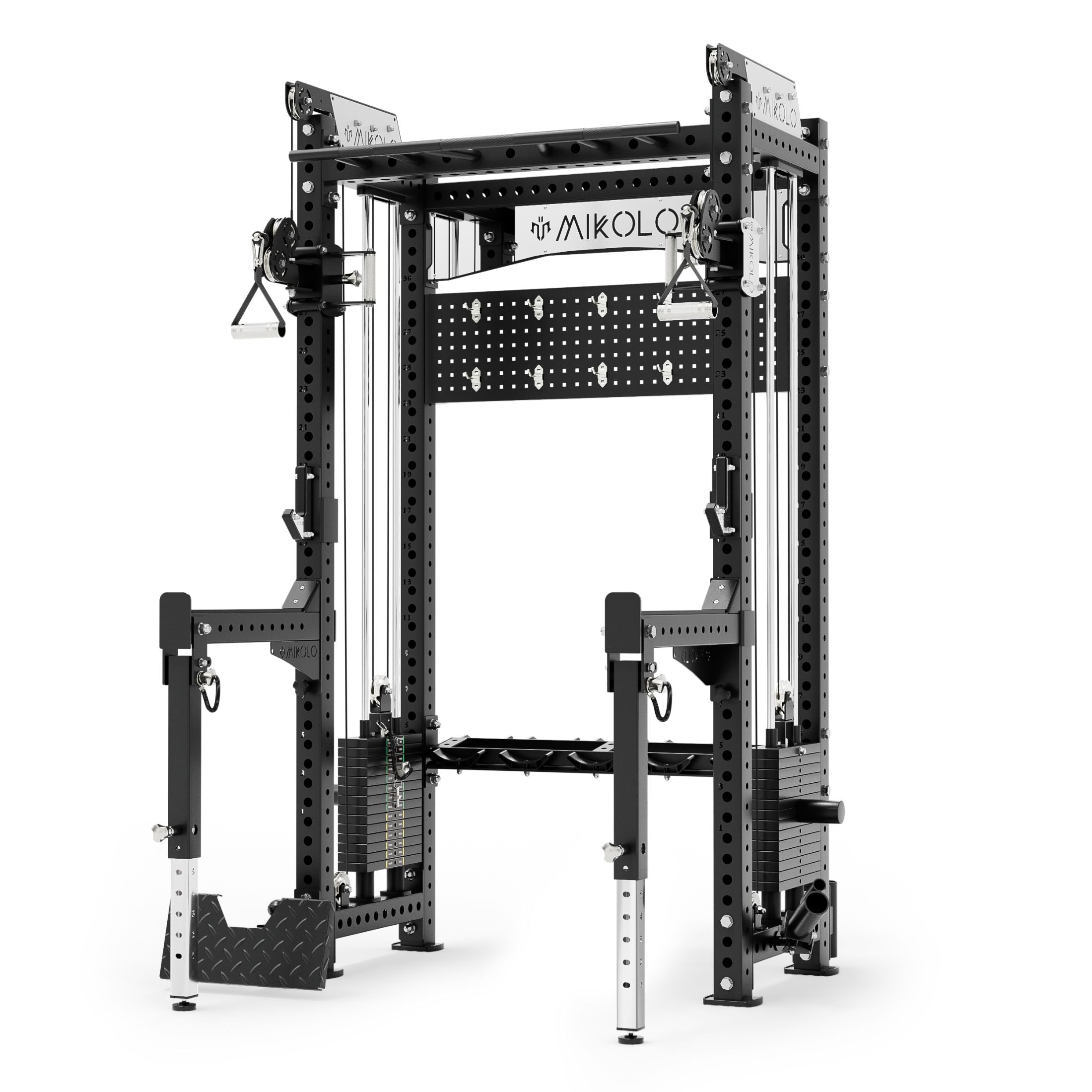
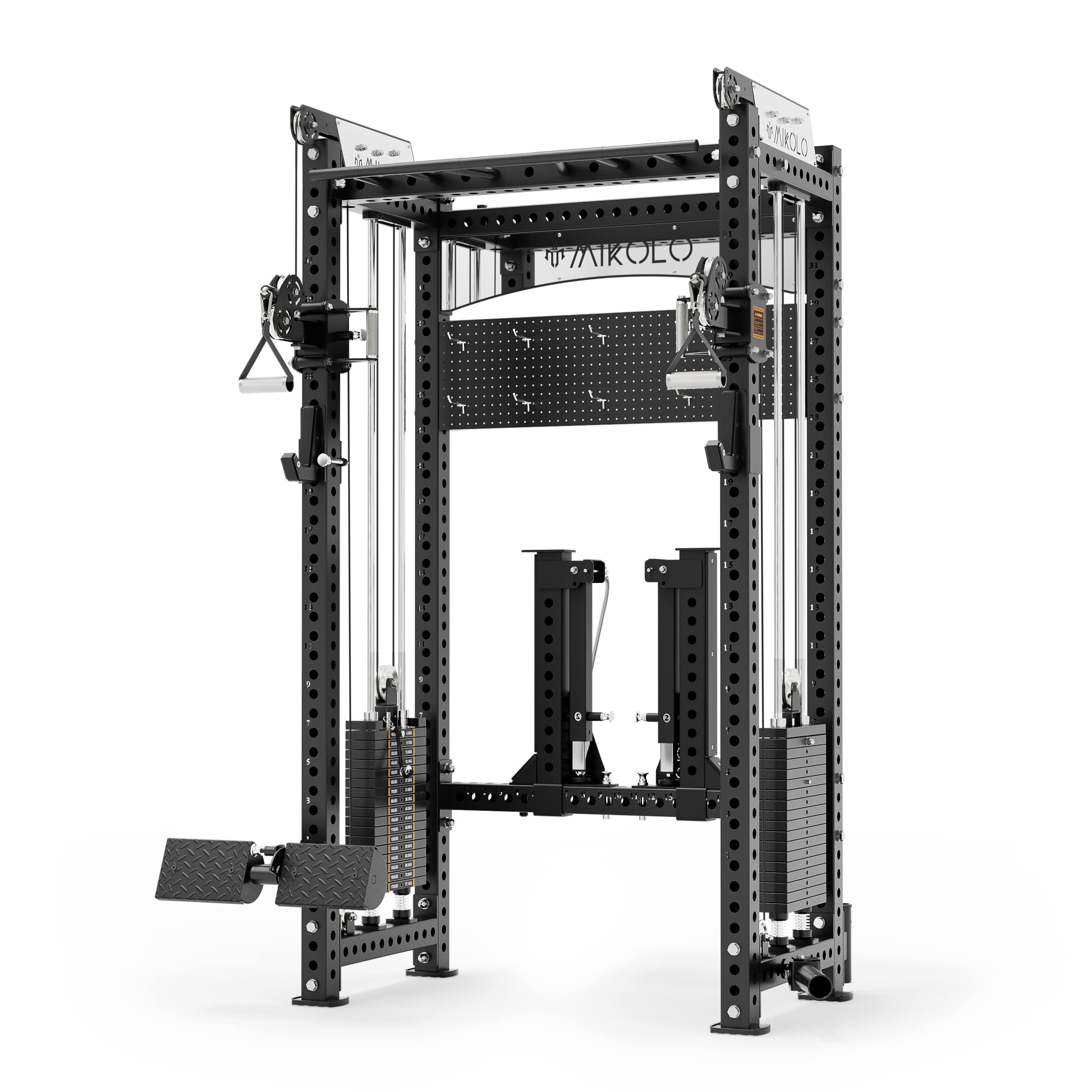
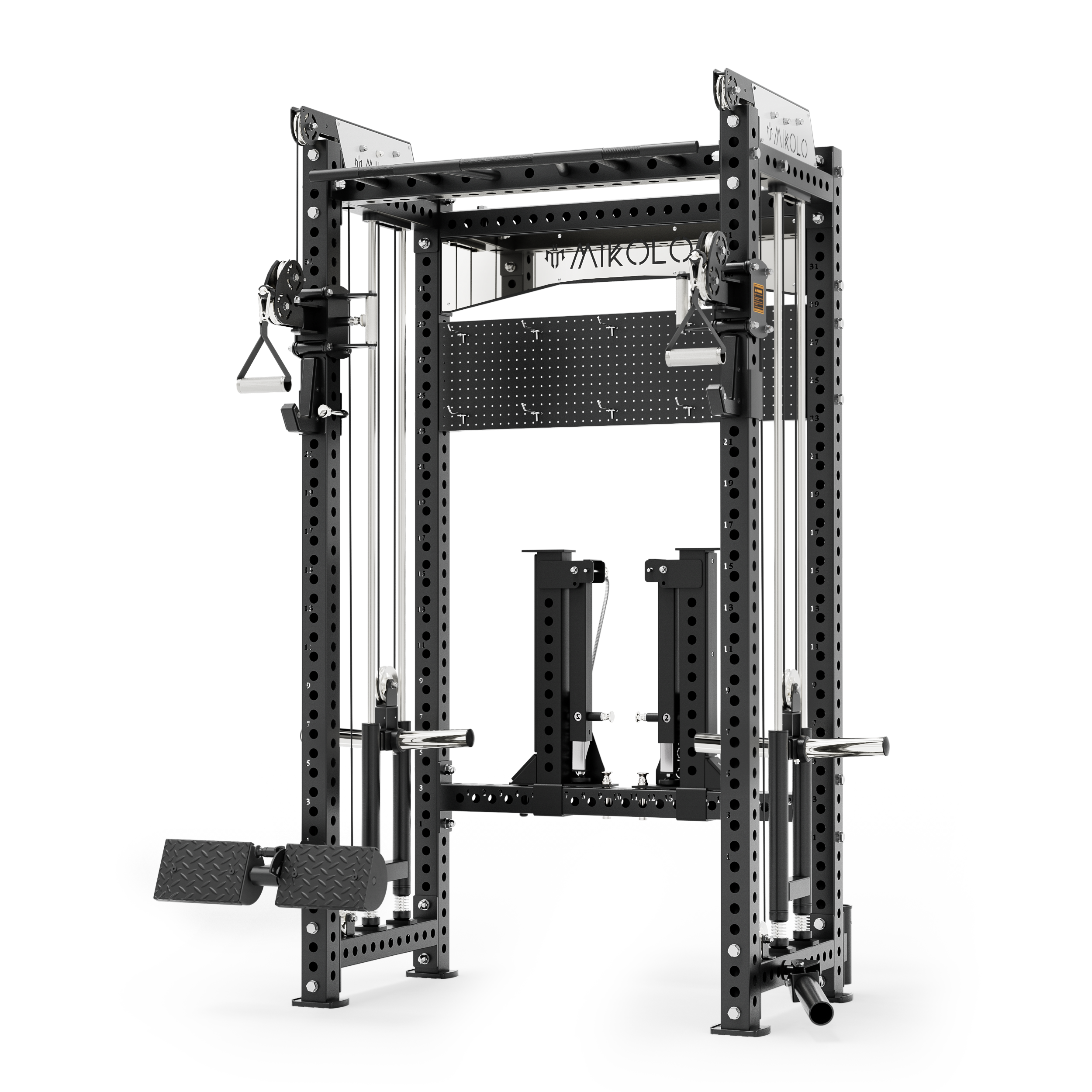

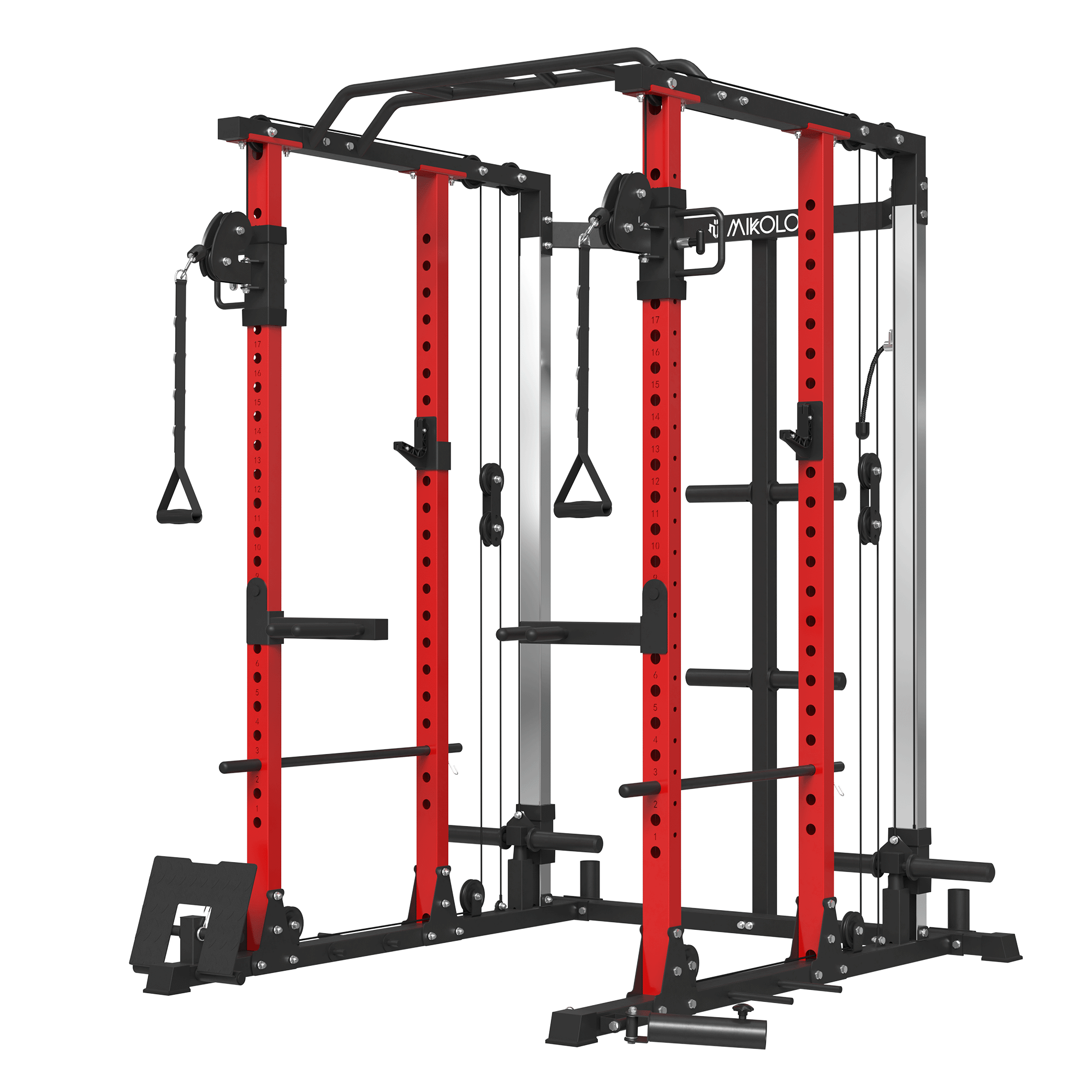

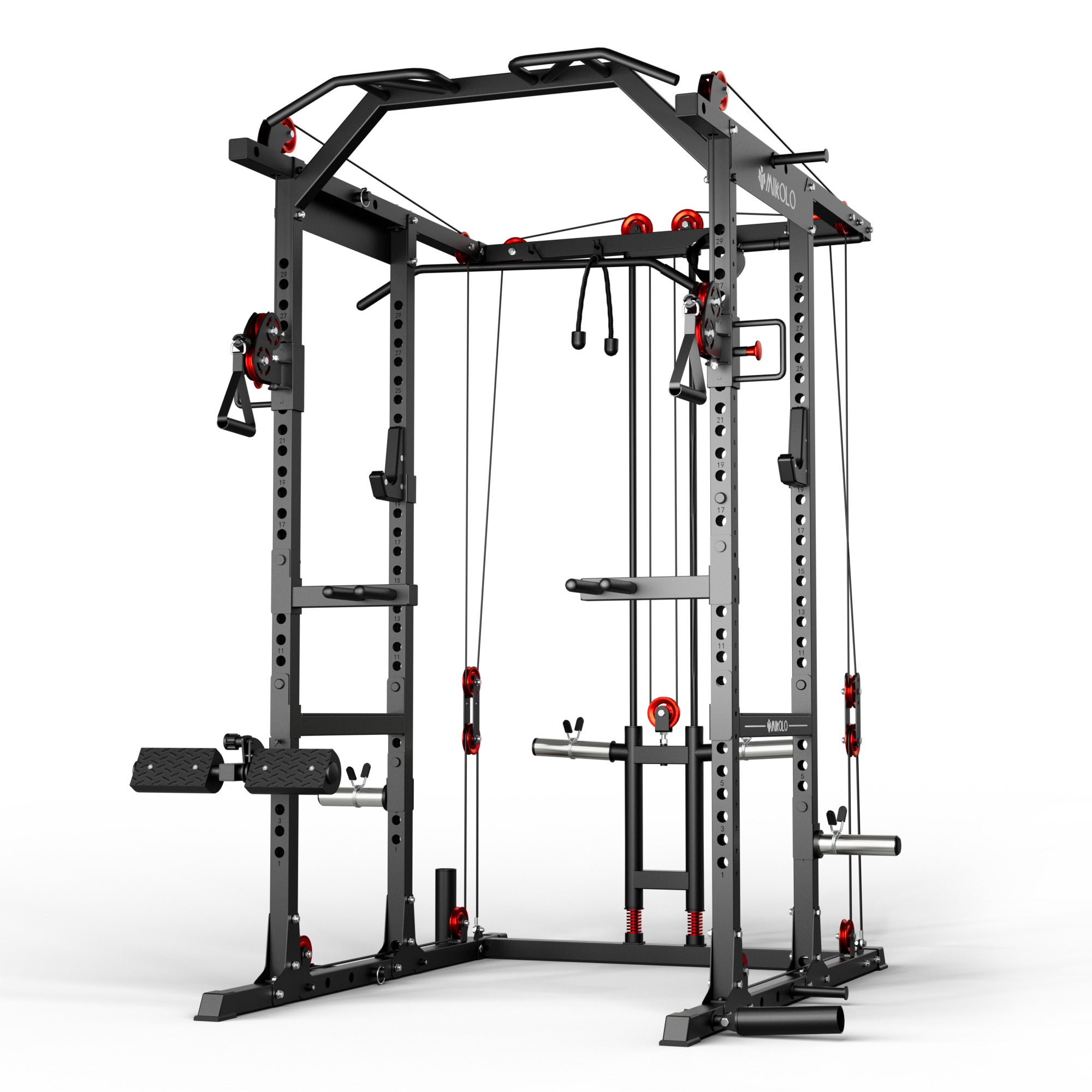
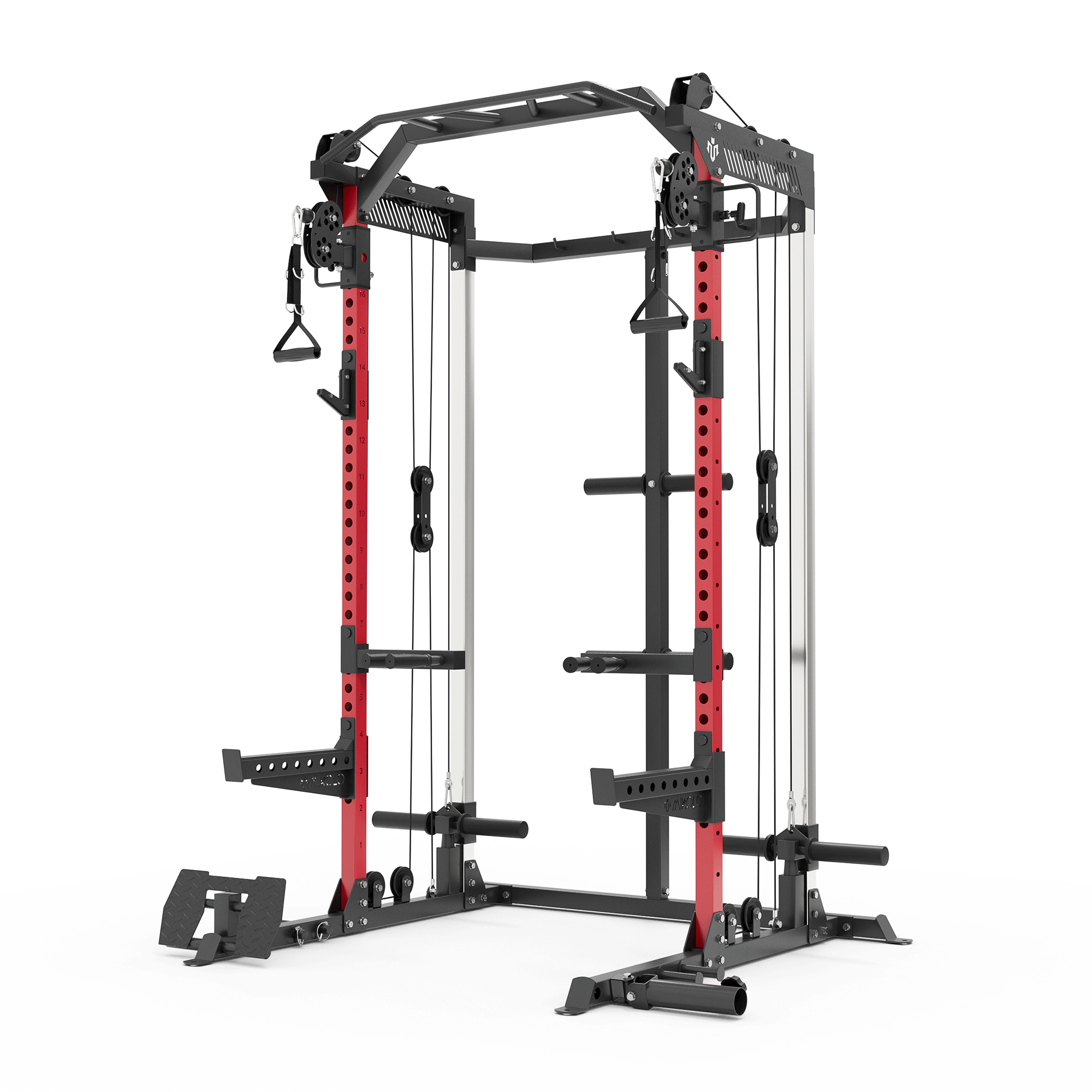

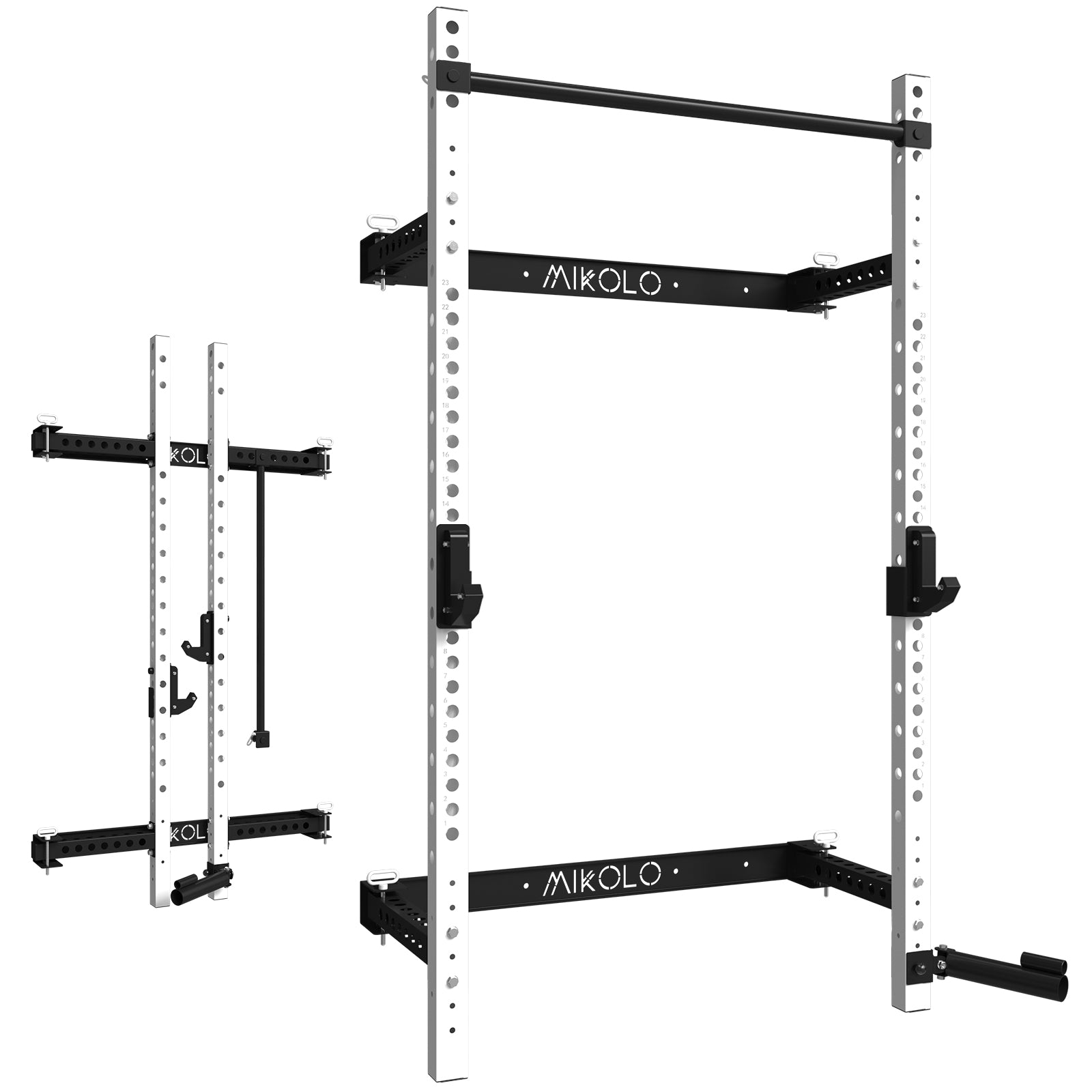
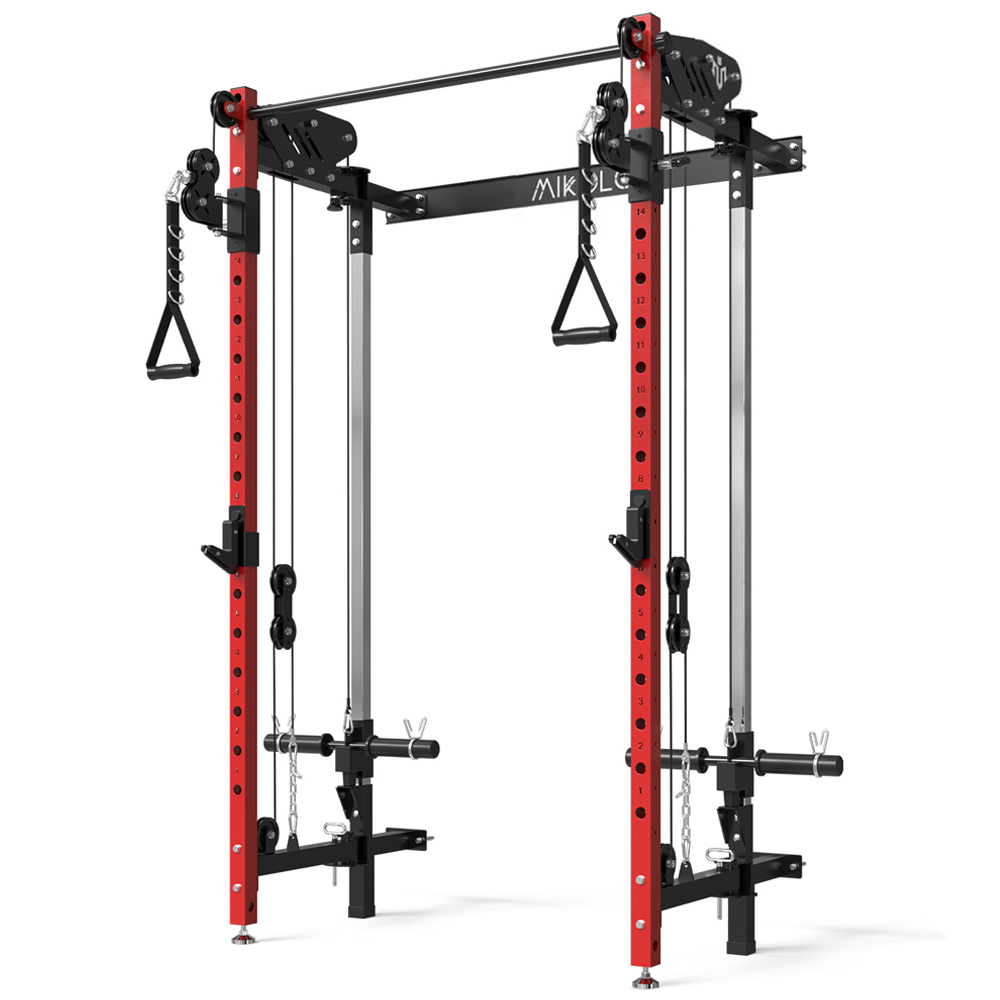

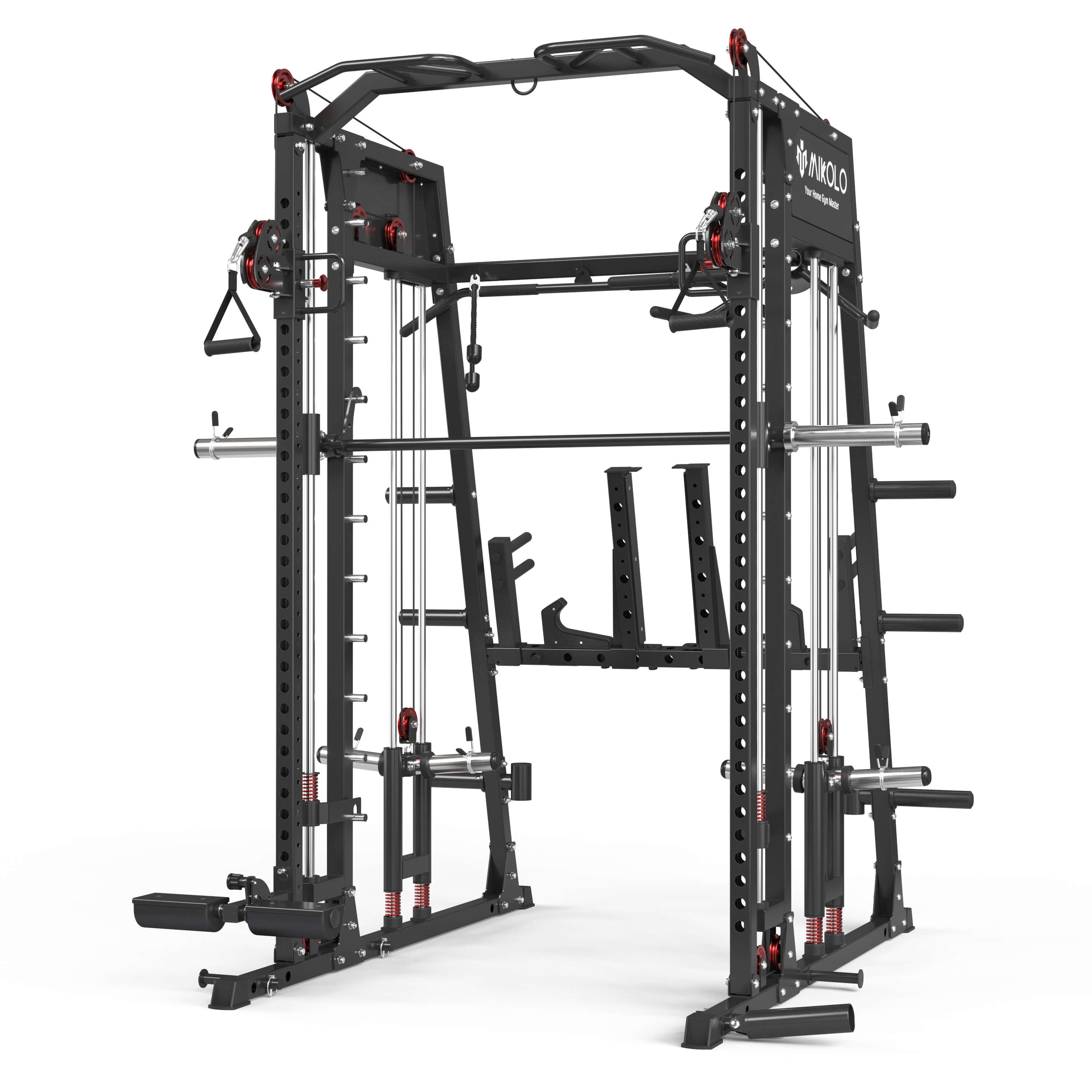

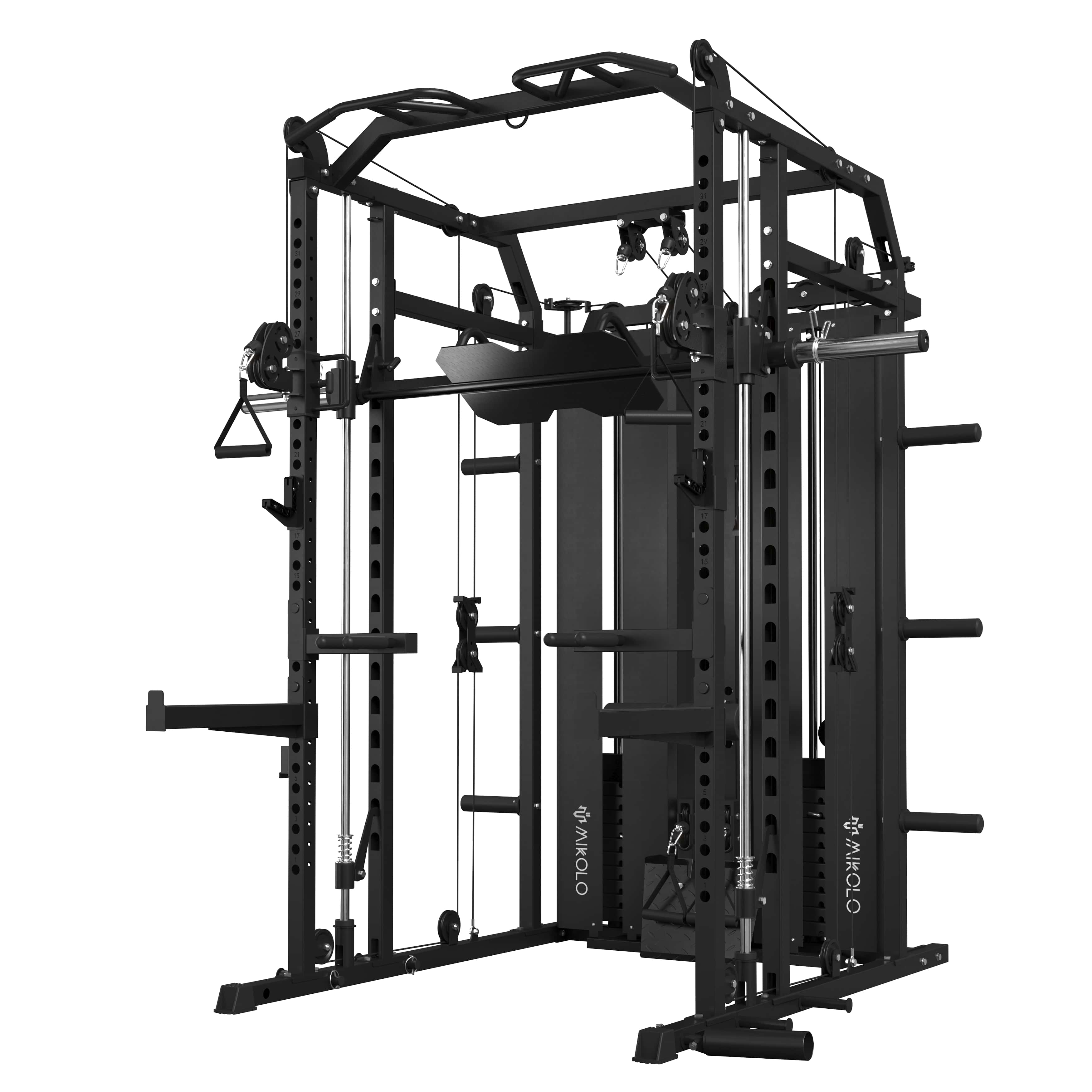
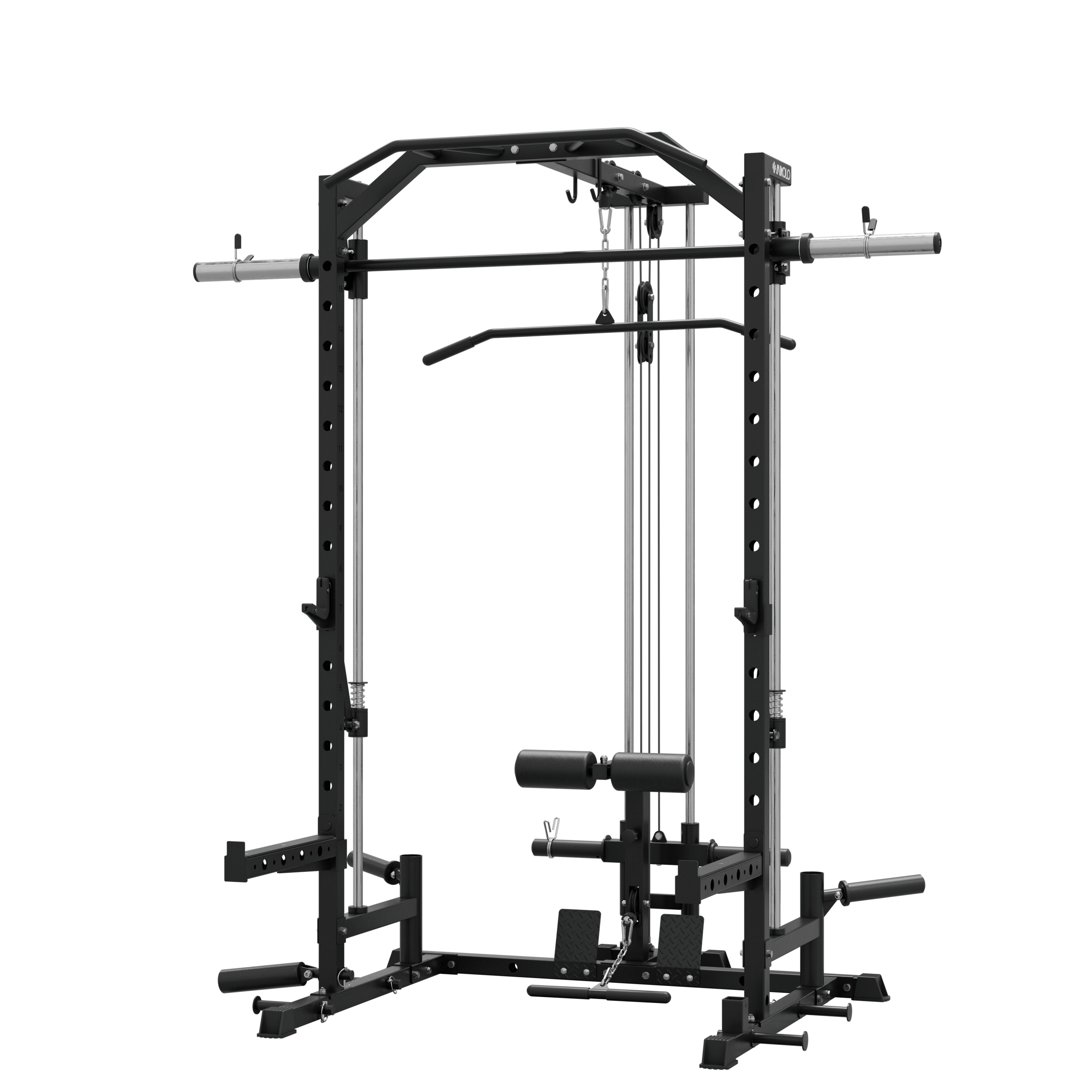
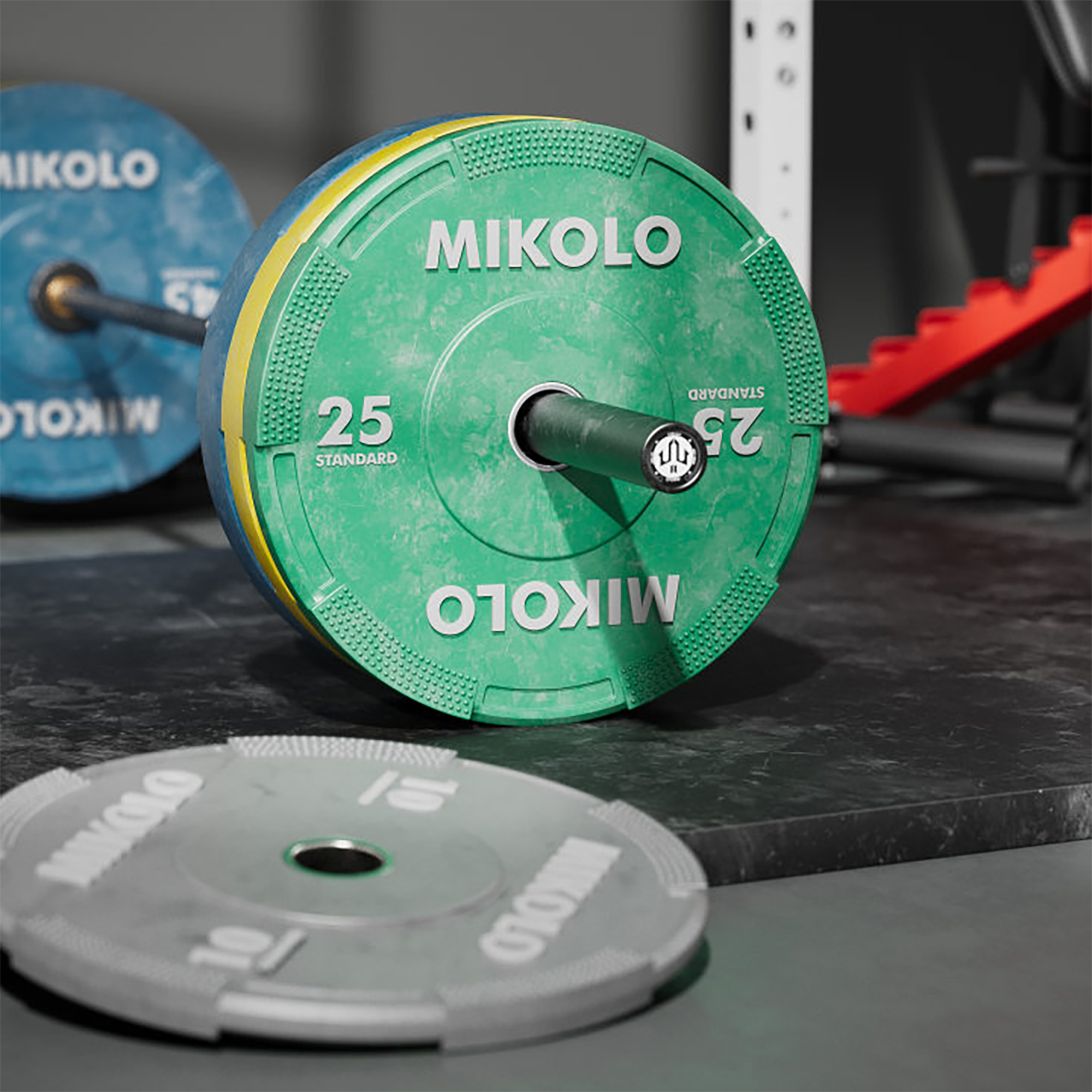

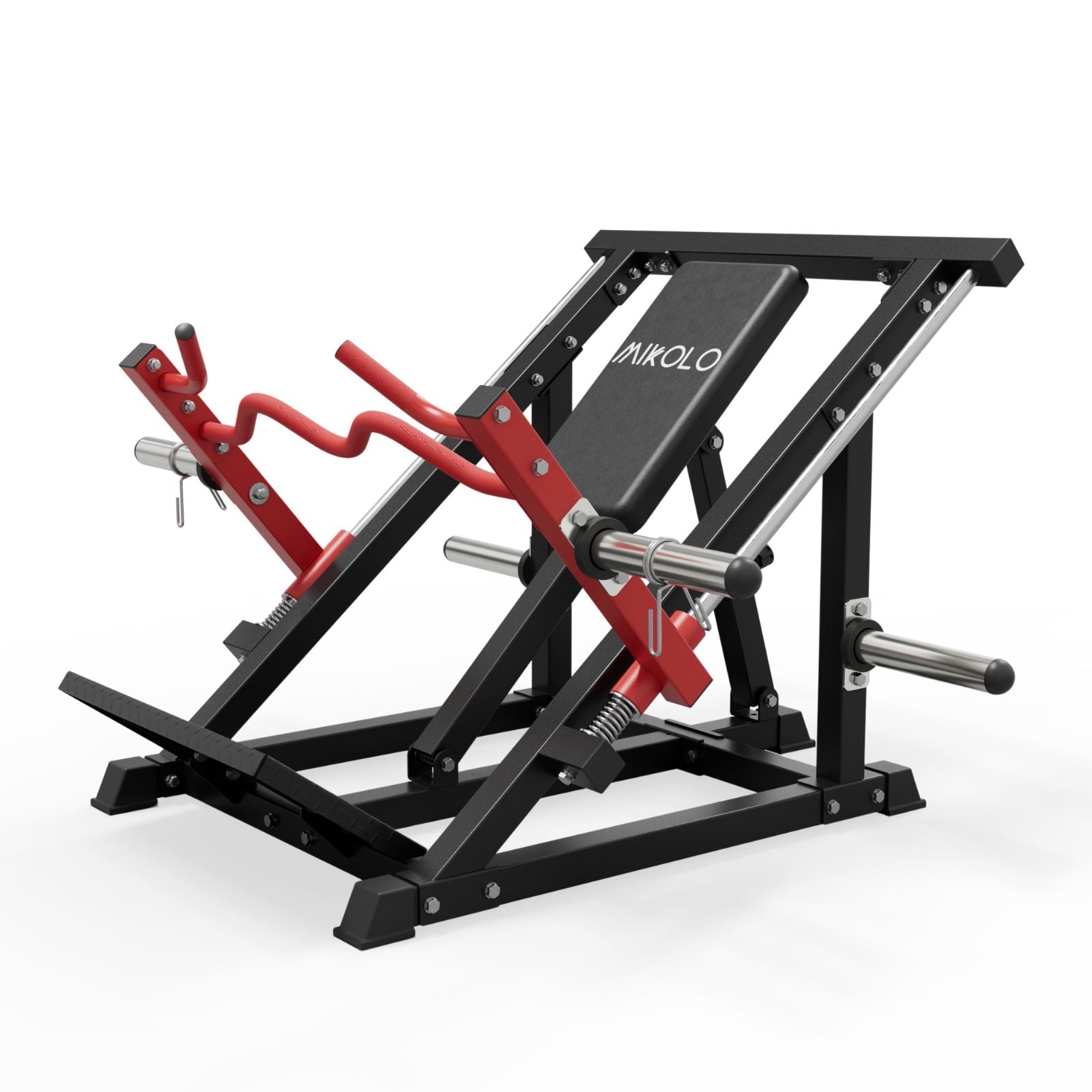

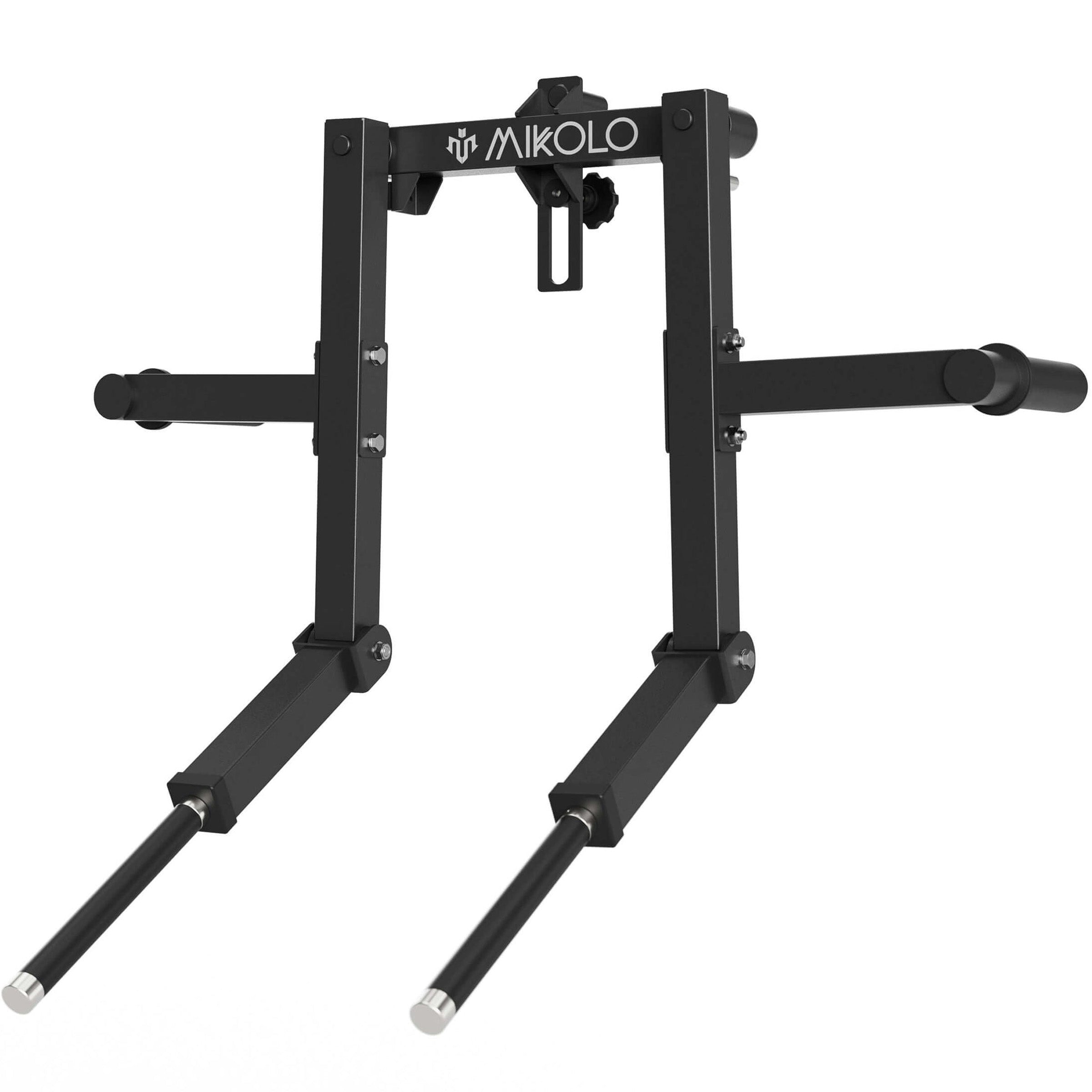

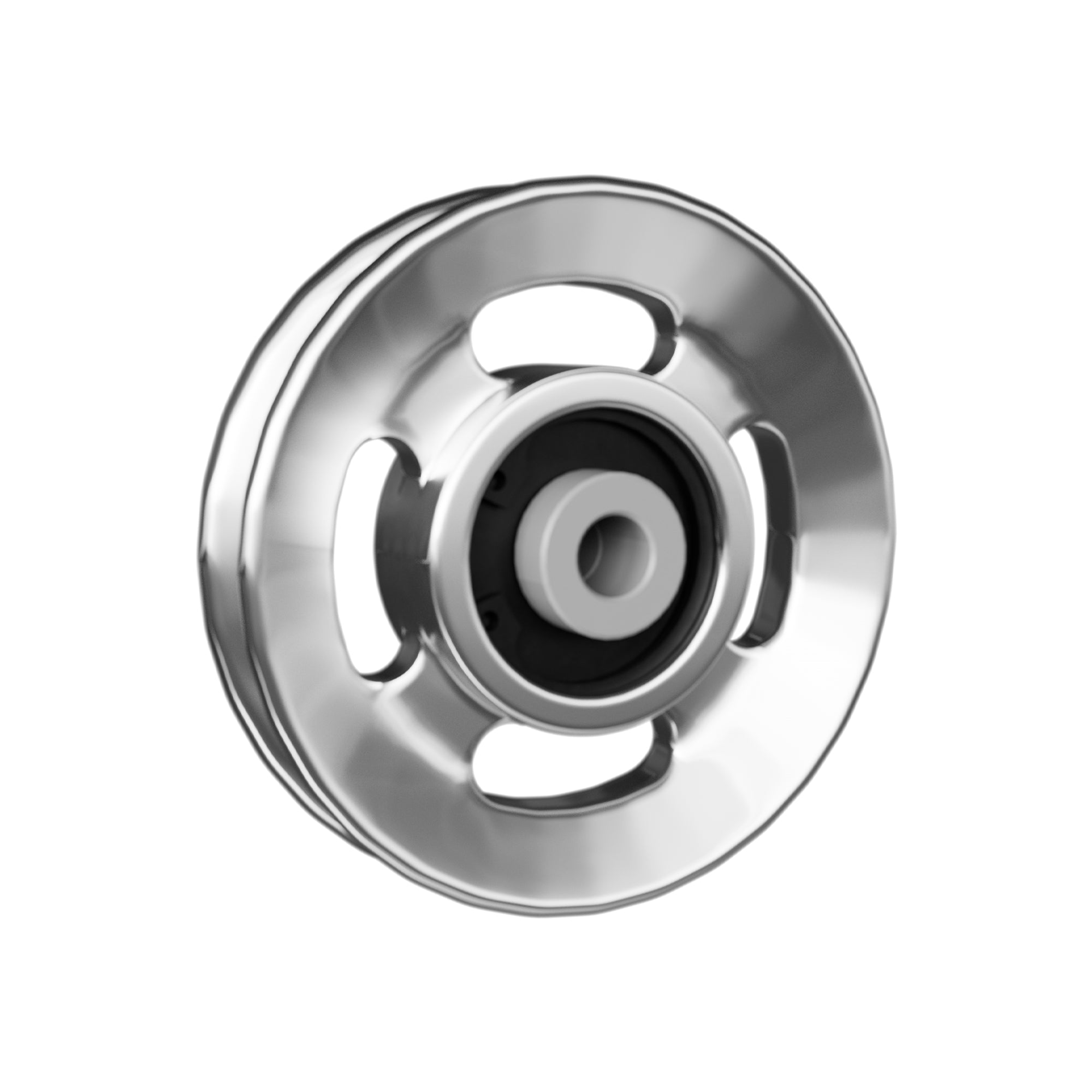
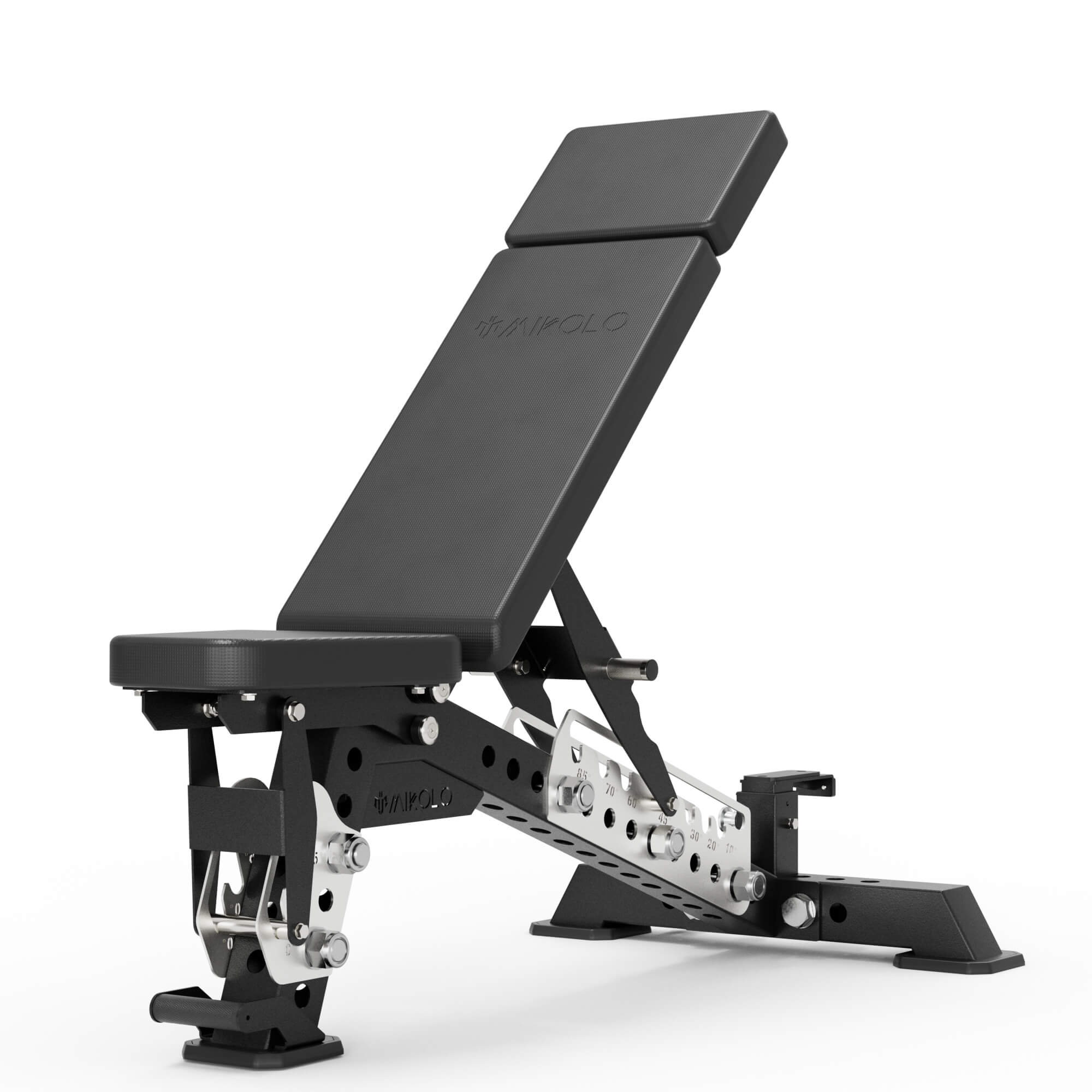
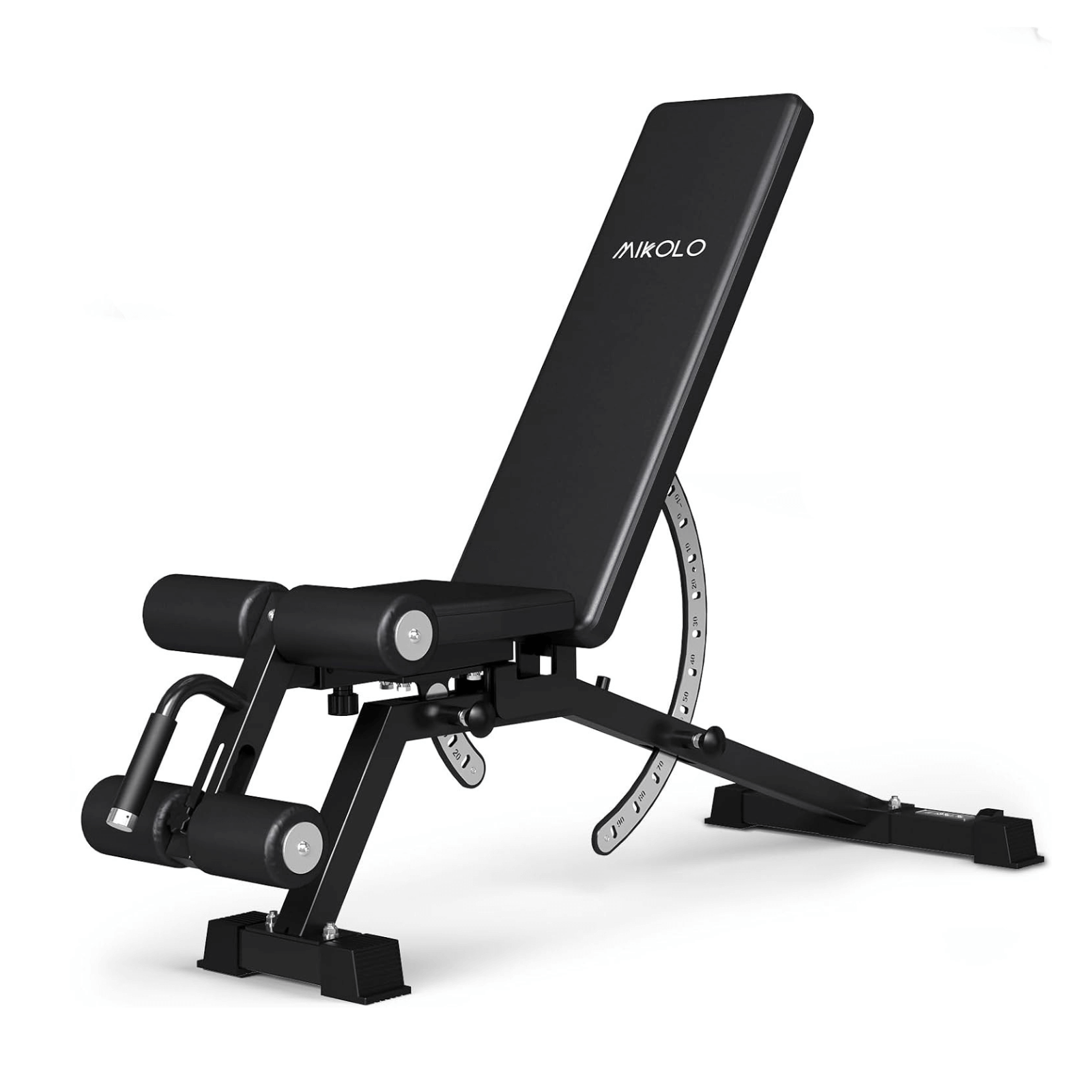
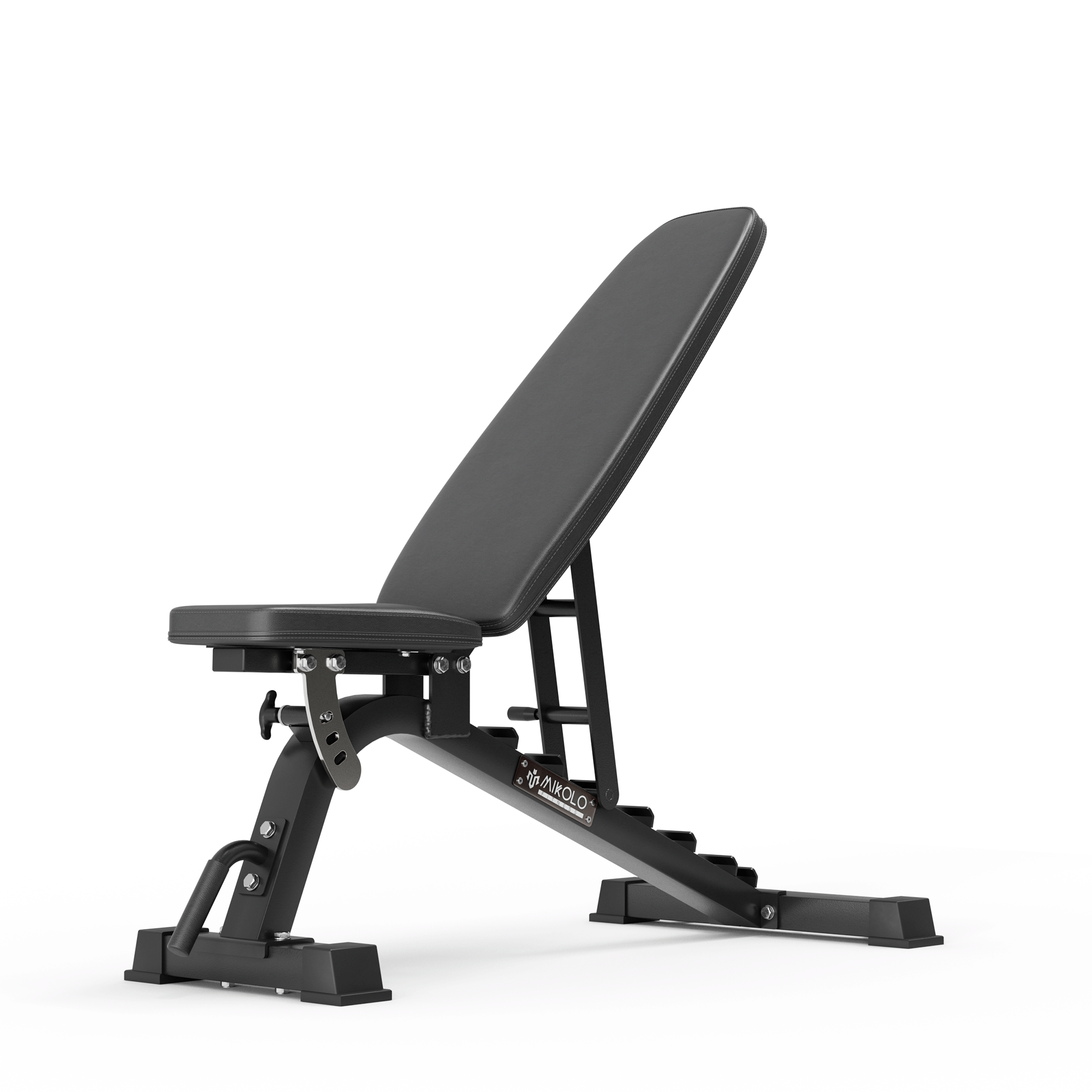

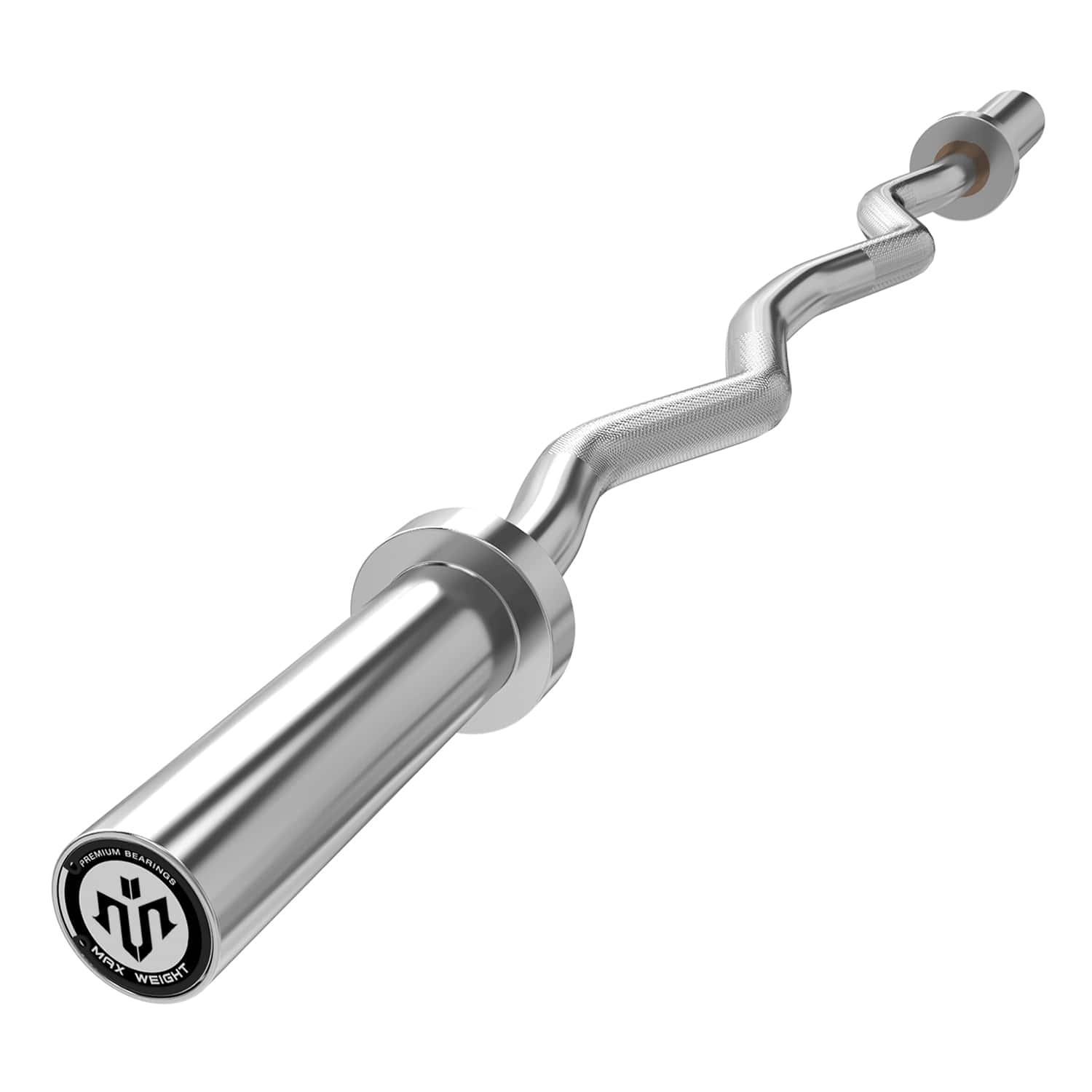

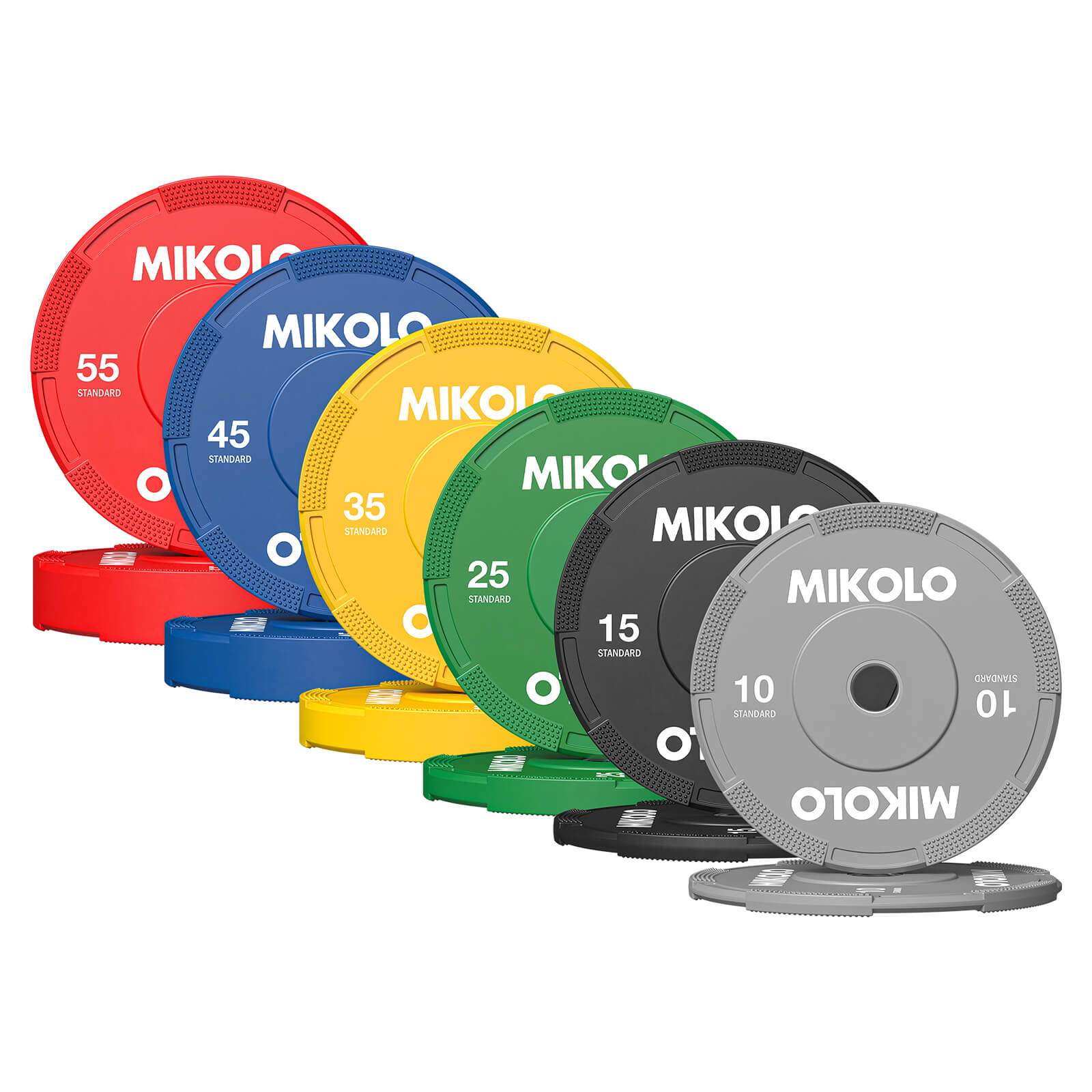
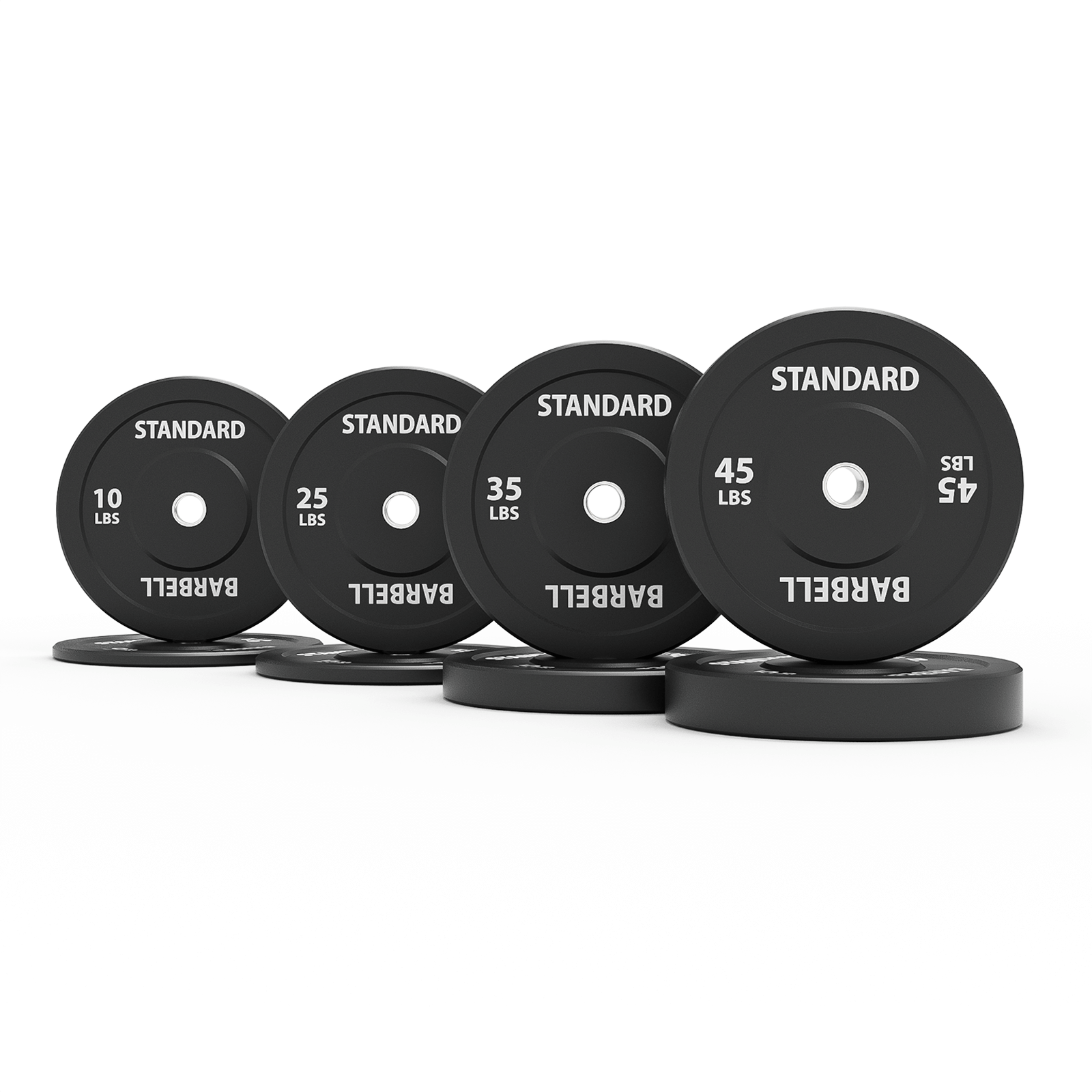
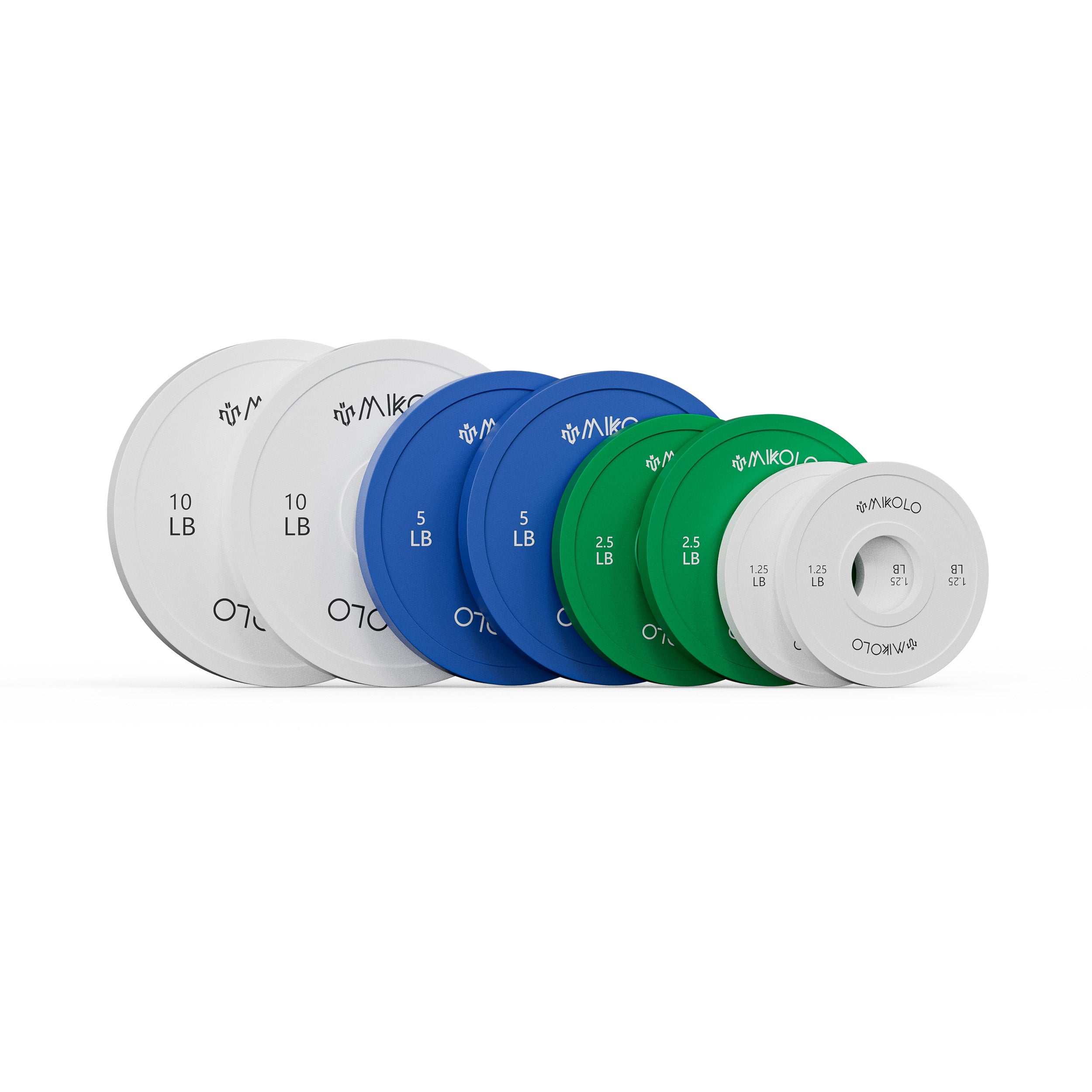


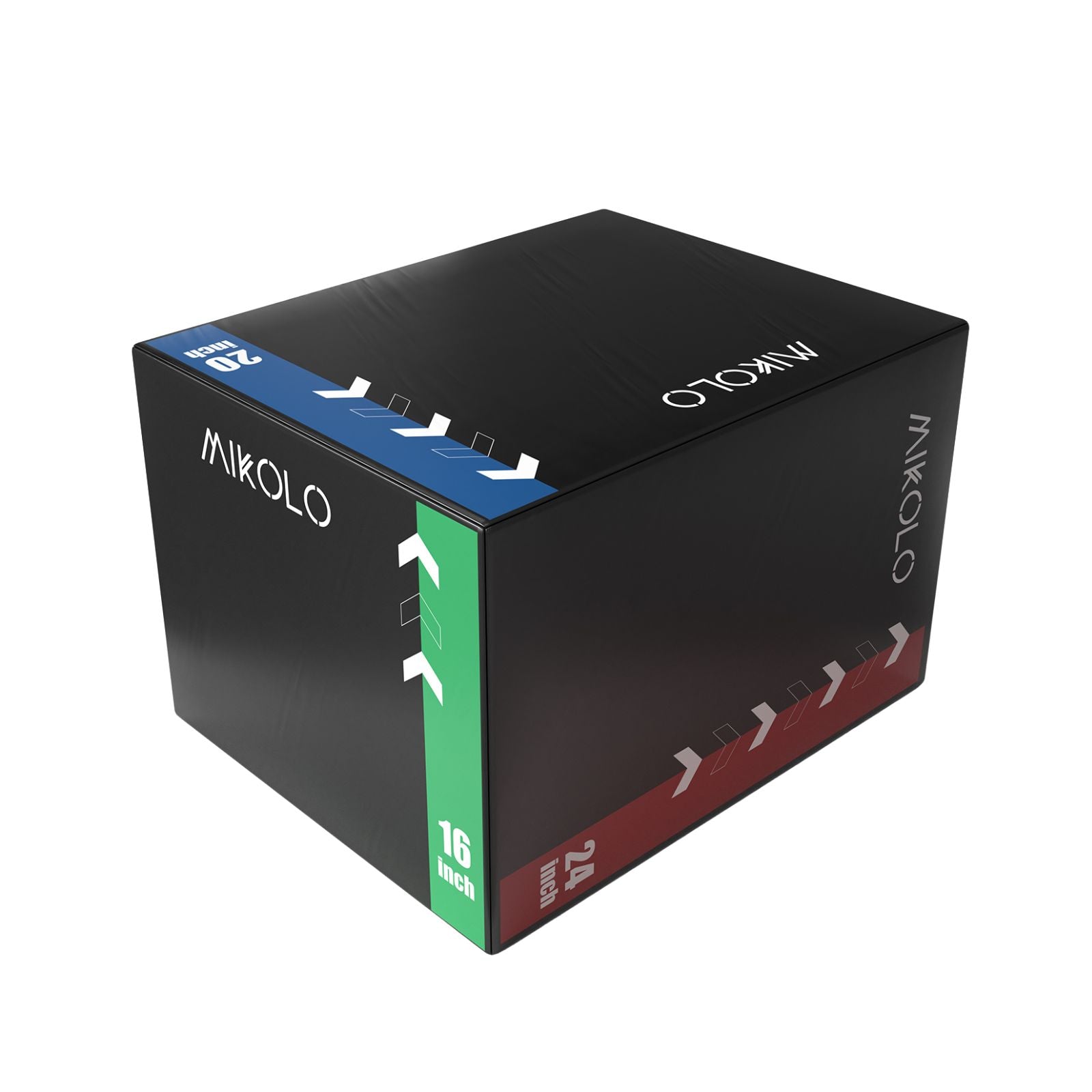
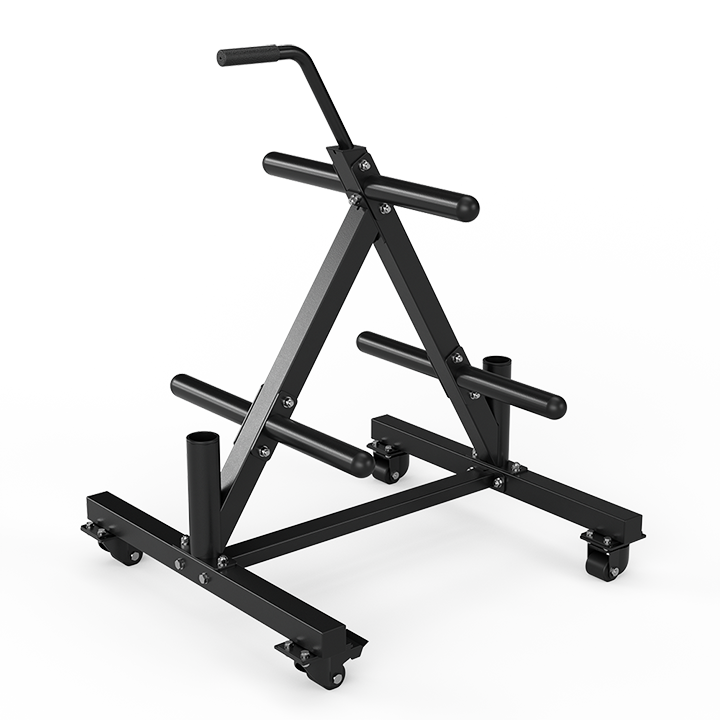
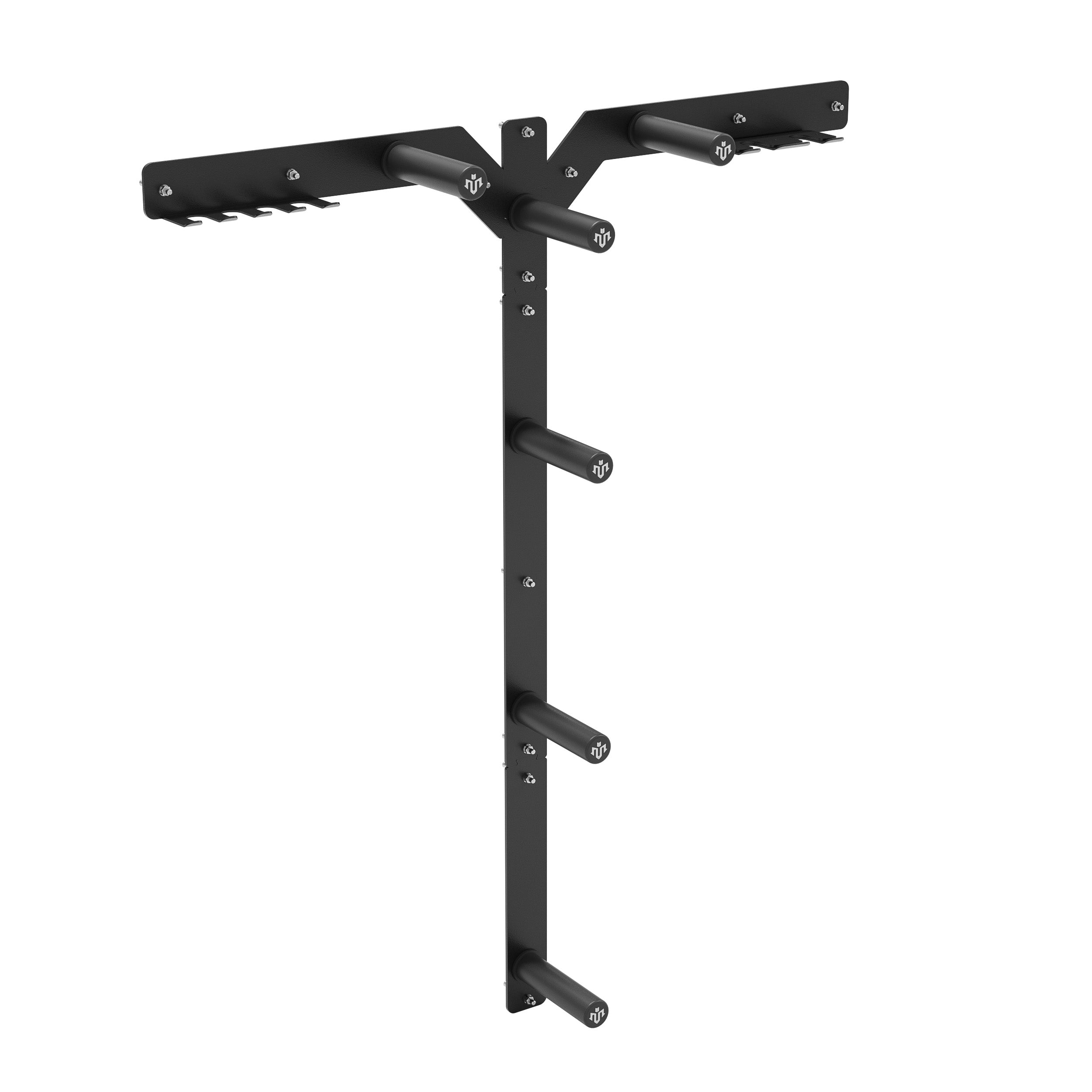




Leave a comment
This site is protected by hCaptcha and the hCaptcha Privacy Policy and Terms of Service apply.